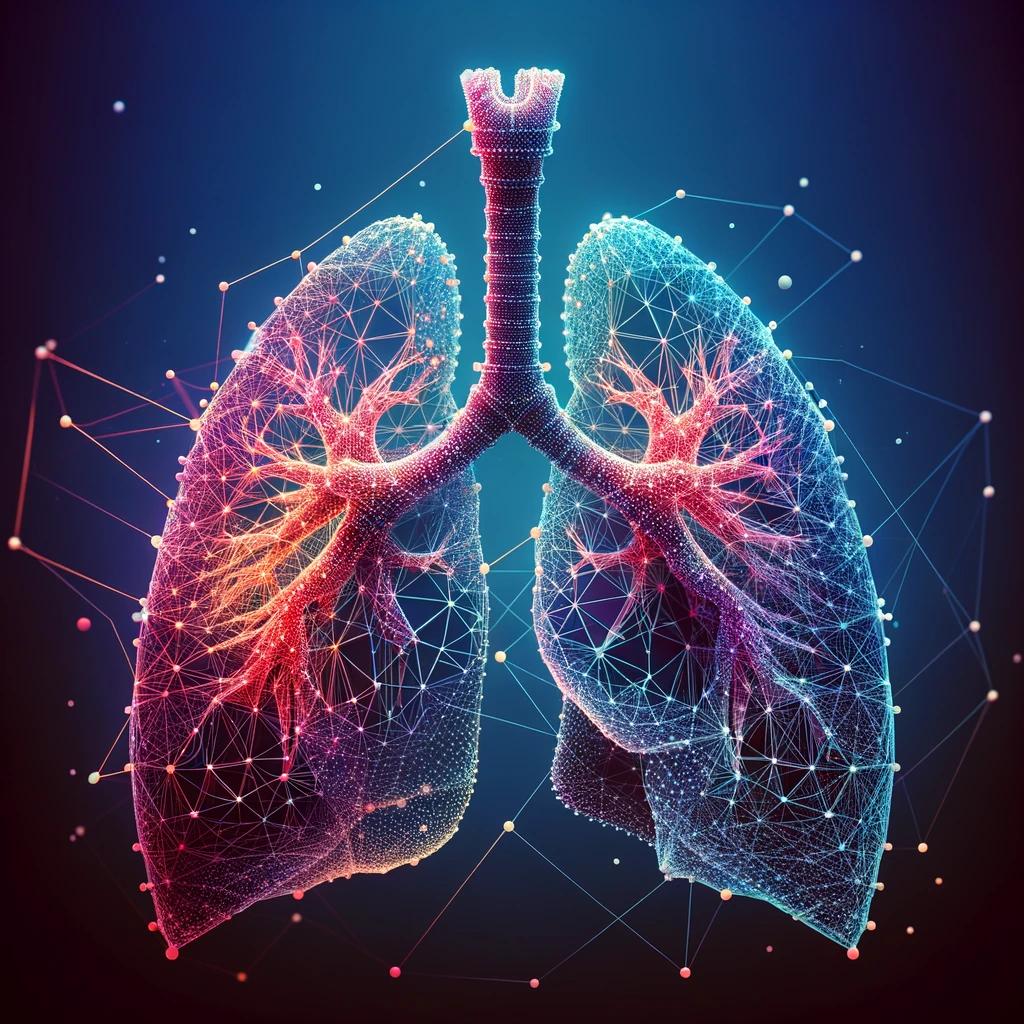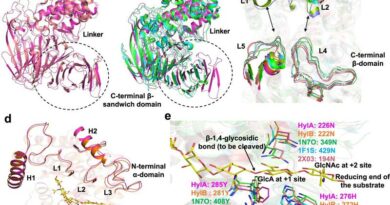AI-Driven Discovery Offers New Hope for IPF Treatment

A study published in Nature Biotechnology unveils a novel approach to treating Idiopathic Pulmonary Fibrosis (IPF), a severe lung disease characterized by progressive scarring of lung tissue. The paper, titled “A small-molecule TNIK inhibitor targets fibrosis in preclinical and clinical models“, represents a significant collaborative effort among 35 researchers, highlighting the power of artificial intelligence (AI) in drug discovery and development.
AI Identifies a Promising Target: TNIK
Using advanced AI algorithms, the research team identified a new therapeutic target—an enzyme called TNIK (Traf2- and Nck-interacting kinase). TNIK plays a crucial role in a complex chain of cellular reactions that lead to fibrosis, the formation of excess fibrous connective tissue. In IPF patients, this scarring impairs lung function, making breathing increasingly difficult.
By focusing on TNIK, scientists aimed to interrupt the fibrosis process at its source. The AI-driven identification of TNIK as a target underscores the potential of machine learning in uncovering novel pathways for disease intervention.
Development of INS018_055: A Targeted TNIK Inhibitor
The team developed a small-molecule drug, INS018_055, specifically designed to inhibit TNIK activity. In preclinical studies involving animal models, INS018_055 demonstrated significant efficacy in preventing the scarring process not only in the lungs but also in the kidneys and skin. This broad effectiveness suggests potential applications for treating various fibrotic diseases beyond IPF.
Versatile Administration Methods
One of the notable advantages of INS018_055 is its flexibility in administration:
- Inhalation: For lung-related conditions like IPF, the drug can be delivered directly to the lungs via inhalation, enhancing its local effect while minimizing systemic exposure.
- Topical Application: For skin fibrosis, the drug can be applied directly to the affected area.
- Oral Administration: For systemic conditions or kidney fibrosis, the drug can be taken orally, providing a convenient option for patients.
This versatility increases the drug’s potential utility across multiple fibrotic diseases.
Ensuring Safety and Efficacy for Human Use
To evaluate the drug’s safety profile, the researchers conducted two key studies:
- Single-Dose Pharmacokinetics: They assessed how the drug is absorbed, distributed, metabolized, and excreted after a single dose. The findings indicated that INS018_055 is quickly taken up by the body and eliminated in a predictable manner, which is crucial for consistent therapeutic effects.
- Multiple-Dose Studies: The team examined the effects of daily dosing to determine if the drug accumulates in the body over time. Results showed no significant accumulation, reducing the risk of potential side effects associated with long-term treatment.
These studies provide a strong foundation for the drug’s safety, supporting its progression to clinical trials involving human participants.
A Promising Step Forward in Treating Fibrosis
This research represents a significant advancement in the fight against IPF and other fibrotic diseases. By combining AI technology with deep biological insights, the scientists have paved the way for innovative treatments that target the underlying mechanisms of fibrosis.
The journey from identifying TNIK as a therapeutic target to developing and testing INS018_055 exemplifies the transformative potential of integrating AI into medical research. It opens new avenues for tackling complex diseases that have long eluded effective treatments.
The successful development of INS018_055 highlights the promising intersection of artificial intelligence and pharmacology. As the drug moves towards clinical trials, there is hope that it may offer relief to patients suffering from IPF and other fibrotic conditions. This study not only showcases a novel therapeutic approach but also reinforces the value of multidisciplinary collaboration in addressing some of the most challenging medical issues of our time.
References
- Original Research Paper: “A small-molecule TNIK inhibitor targets fibrosis in preclinical and clinical models” Nature Biotechnology.
Keywords
Idiopathic Pulmonary Fibrosis (IPF), TNIK Inhibitor, INS018_055, Fibrosis Treatment, Artificial Intelligence, Drug Discovery, Enzyme Targeting, Pharmacokinetics, Fibrotic Diseases, Medical Research
Disclaimer: The information presented in this article is for educational purposes and reflects findings from current research. For medical advice, please consult a healthcare professional.




Pingback: DPI_CDF: A New Way to Find Drug Targets Quickly